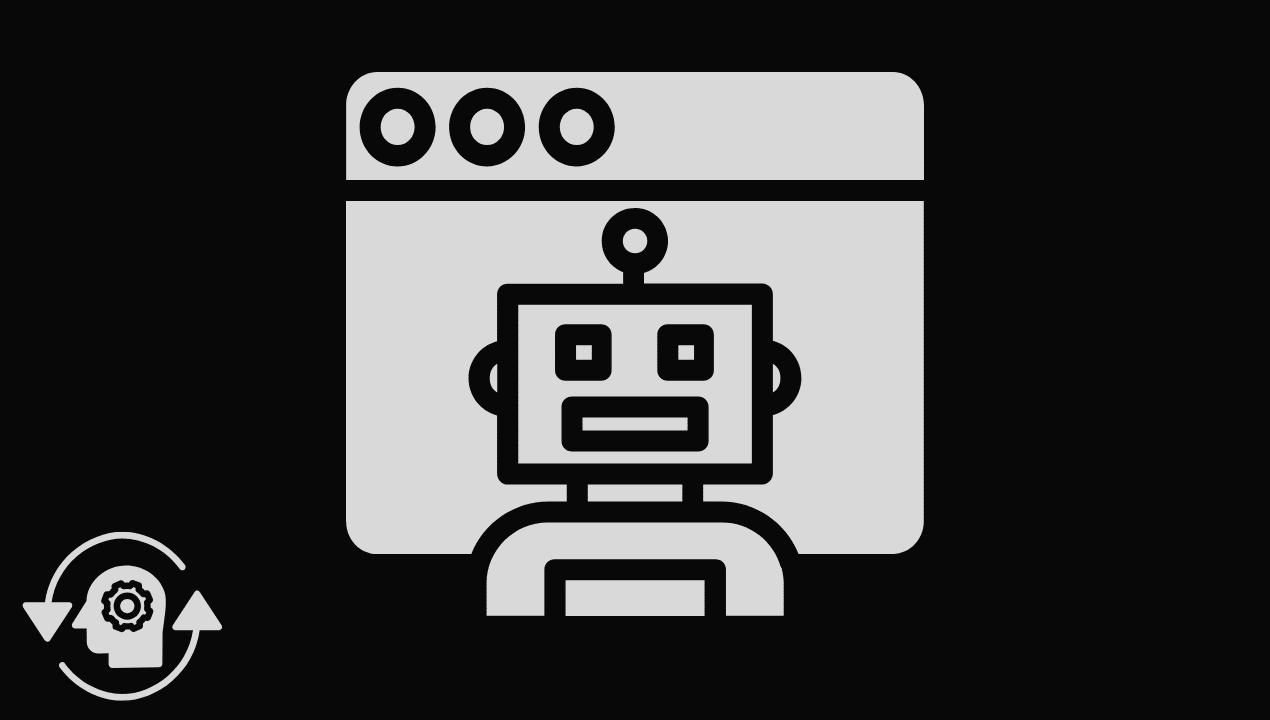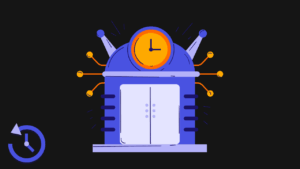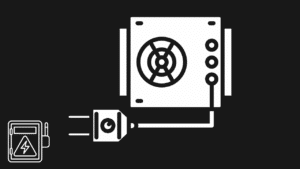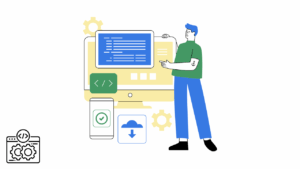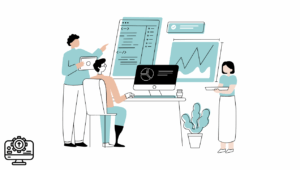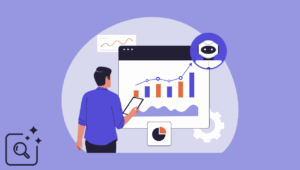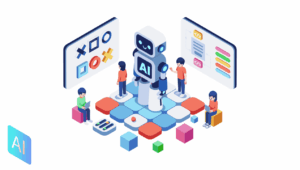We are all familiar with horizontal artificial intelligence (AI) in one way or another. If you have ever used ChatGPT to write an email or generated a video using Veo 3, then you have definitely dealt with such solutions. These tools have a fairly wide list of use cases and can help with a large number of both everyday and business tasks. They are the ones who brought AI the popularity and distribution it has now. In this article, you’ll learn why AI (artificial intelligence) companies are moving toward verticalized, industry-specific models.
But these features are not enough for modern businesses. Therefore, companies are increasingly turning to vertical AI solutions for help. They are much more tailored to specific tasks of each industry and allow companies to achieve greater efficiency. In many cases, this means turning to custom AI development services to build solutions that address these needs. Are there other reasons why organizations increasingly prefer vertical solutions? We will discuss them in today’s article.
What is vertical AI?
So, what is vertical AI? The concept refers to AI/ML systems that are up for specific industries and use cases. Unlike general-purpose (or horizontal) models (we show a couple of them above), which are up to handle a wide range of tasks from everywhere, vertical AI is ready for deep and accurate performance within a particular niche.
These models are fine-tuned on proprietary datasets from the industry they serve. Such an approach makes them more relevant and actionable. For example, a vertical model for healthcare might be trained on medical journals or lab reports, while one for finance could use trading data and tax regulations.
As industries push for smarter automation, vertical AI solutions are getting more recognition and becoming the go-to solution for companies looking for deep expertise.
Why is vertical on the rise?
General AI tools are impressive in scope. However, they can struggle with the nuances, terminology, and compliance requirements. In some industries, these struggles may turn out to be life-changing. In contrast, vertical AI offers a precise toolset that speaks the language of a specific industry. Here are a few key reasons driving its adoption:
AI Industry-Specific Models: Higher ROI with specialized use cases
Businesses know: If you make something for everyone, you make it for no one. Technically, the same thing works for AI. Horizontal solutions may be good, but companies are seeing better returns by implementing AI that’s up for their specific problems. A logistics company doesn’t need a chatbot that can write poems. It needs a model that understands route constraints and inventory systems.
Regulatory and compliance alignment for verticalized AI companies
With the number of regulations existing in all industries across the world, it’s hard to imagine a model that will be able to process them all. Besides, some verticals like healthcare and legal have really strict compliance needs. Vertical solutions are increasingly built with these regulations in mind. That makes AI more suitable for enterprise environments, where general models may overlook these nuances.
AI Industry-Specific Models: Data privacy and control
Many vertical solutions are deployed in private or hybrid environments. And since they’re fine-tuned on internal company data, businesses retain more control over sensitive information. Unfortunately, it’s harder to guarantee with public models with verticalized AI companies.
Improved accuracy and reliability
When AI understands the specifics of a domain, it just performs better. Vertical models are trained on very specific industry-related datasets. Such training results in fewer hallucinations, more accurate insights, and more trustworthy outputs. This reliability builds user confidence and accelerates adoption inside organizations.
Risks you need to be aware of for verticalized AI companies
Vertical AI offers clear advantages, but it doesn’t mean it has no bad sides. This technology introduces a unique set of risks and challenges that businesses must manage. Here’s what you need to be aware of:
AI Industry-Specific Models: Cyber crimes
Smart vertical systems are trained on proprietary, sensitive, or regulated data. In many industries, this raises serious concerns around data breaches, non-compliance, and third-party vendor risk if data is processed off-premise (big providers are not immune to cyber attacks, too, you know). To avoid getting hacked, ensure strict data governance, use private deployments, and audit vendors for compliance readiness. Partnering with a trusted machine learning development agency can also help ensure that security and compliance are built into your AI systems from the ground up.
Overfitting
Domain specialization definitely improves the model’s accuracy, but it can also make the model too narrow. Yes, it’s possible. A vertical AI trained only on one dataset/scenario may struggle with edge cases, unexpected queries, or changing workflows. Don’t get stuck with one dataset. Train on diverse and high-quality datasets from across the industry and regularly update models as the real world evolves.
Integration complexity
Vertical solutions often need to plug into legacy systems, ERPs, or industry-specific platforms. Without proper planning, you can get integration delays, siloed data, or broken workflows. You need to choose platforms with robust APIs and consider middleware for smoother deployment.
Vendor lock-in
Many vertical AI providers offer proprietary models tied to their ecosystem. And once deeply embedded, it becomes difficult and costly to switch providers, especially if your data and workflows are tightly coupled to their tools. That’s why vendors with open architecture and transparent pricing models are your friends.
AI Industry-Specific Models: Explainability
Even with improved accuracy, vertical AI can still act as a black box. But in regulated industries, explainability is a must. If you can’t explain why a model made a certain decision, it could be legally problematic or lead to user mistrust. Use models that support explainable AI and provide confidence scores or reasoning paths for decisions.
The future of AI in the business environment
AI is here to stay. For sure. And in the business environment, it’s becoming a significant part of the operating layer. However, we’re still early in its development. What’s ahead is a shift from experimental and siloed use cases to deep and strategic integration across every business function.
The key trends for AI’s foreseeable future in business include:
- AI as a core business partner: Instead of being just a tool used by IT or data science teams, this technology will be embedded across departments. Imagine predictive lead scoring for sales or AI-assisted recruitment for HR.
- Vertical AI dominion: Businesses will increasingly rely on industry-specific intelligent solutions that deeply understand their domain language, compliance requirements, and workflows.
- From automation to augmentation: AI won’t just replace repetitive tasks, but it will enhance human capabilities. For example, lawyers won’t be replaced, but will review documents 10 times faster.
- AI-native industries will emerge: Just like “mobile-first” businesses took off in the 2010s, we’ll see “AI-native” companies designed around vertical AI from day one.
- Vertical AI + agentic workflows: We’re already seeing the rise of multi-agent systems where vertical tools collaborate autonomously. Imagine a legal AI that drafts a contract, then sends it to a compliance AI for review, and finally to a financial AI for cost analysis with minimal human input.
AI Industry-Specific Models: To sum it up
Vertical AI is all about building smarter, faster, more adaptive organizations. The companies that succeed will be those that treat AI as a strategic shift in how work gets done. Businesses that embrace this technology with intention and curiosity will have a competitive edge. And those that don’t risk being outpaced by their AI-augmented competitors.
